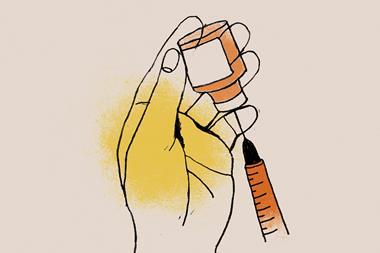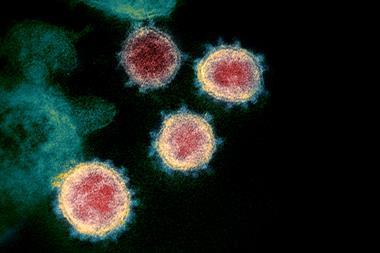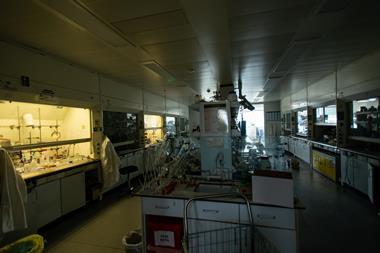The Sars-CoV-2 virus is now a global public health crisis. The scale of its impact was already clear even before the World Health Organization’s decision to declare it a pandemic on 11 March, and it has only worsened since. The virus has disrupted trade, crashed businesses, sent nations into quarantine, plunged the stock market to its lowest level since the 2008 financial crash, and killed thousands of people worldwide.
As we cover in this issue, the virus is revealing the fragility of our globalised society and economy. Industry supply chains stretched to breaking are leading to drug shortages, and businesses everywhere are closing offices and labs. The ACS spring meeting has been cancelled and a raft of other conferences have been pulled. The pace of change has been staggering. I began writing this editorial under simulated quarantine conditions, when our office closed as a rehearsal for the predicted imposition of strict isolation measures. It didn’t reopen. It will be interesting to see if the ways of working adopted during this enforced experiment in non-contact science will become everyday practice when the travel bans and quarantines are lifted.
For now, the priorities are to contain the spread of the virus and treat its victims, and science is central to achieving those goals. Since the first cases were diagnosed in Wuhan, China, in December 2019, there has been a quite awe inspiring effort by the global science community to track, detect, diagnose and treat the disease. The first RNA sequence of the virus was published on 10 January, a matter of days after the virus was first identified as a new pathogen and was immediately shared with labs around the world. Since then the rate of research has increased exponentially, epitomising the scientific community at its best: collaborative, open, tireless. Over 1000 articles on the virus have been published, from sequencing and structural studies to docking and lead identification investigations to candidates for repurposing existing drugs – and the majority of it free to access. Clinical trials are already underway as pharma companies race to develop a vaccine – as we have covered, this may be the first success for the nascent RNA vaccines therapy.
Naturally, governments are eager for the pharma and biotech industries to resolve the crisis. The US congress has approved an $8.3 billion (£6.9 billion) coronavirus package, much of which will go to the companies developing a much hoped-for vaccine. Yet, however rapidly the research is conducted, and however quickly that development happens, it will not be fast enough. The best estimates for a vaccine’s arrival are at least a year away, and even that is breakneck pace for drug development. The Covid-19 pandemic exposes the false comfort of assuming science and technology will supply solutions with just-in-time efficiency. Drugs that treat Covid-19 will arrive but they will not stem this outbreak, just as clean energy solutions of the future will come too late to address climate change today.
In the short term, simpler strategies are the only way of limiting its spread: soap and self-isolation, and ensuring the most vulnerable are protected and prioritised. Yet while they are simple, applying them across populations to achieve the best public health outcome is a complex task. The differing policy responses of governments around the world shows that science provides no unequivocal answers here; there is a plurality of opinion even among the experts over what measures are necessary and appropriate, and to what extent.
This now looks set to be the defining crisis of a generation. Our connected world is at once the problem’s source and its solution. When the recovery begins, there will be valuable lessons for science and society to be better prepared in future. This eternal vigilance won’t come cheap, but we simply cannot afford the alternative.

















No comments yet